
Stress Free Travel Planning: A Complete Step-by-Step Guide
Ever tried a stress free travel planning and ended up needing a vacation from planning your vacation? Yeah, the story of everyone’s life these days. Seriously, it’s wild—like, over 70% of Americans admit that just figuring out the logistics is enough to make them sweat, and nearly 81% of folks straight-up ghost those travel sites thanks to choice overload. It’s like getting attacked by a hailstorm of pop-ups, deals, hidden fees, and “just one more step” checkouts. Oh, joy.
But plot twist is smooth, easy travel isn’t about morphing into some spreadsheet-wielding control freak. Nope. The real hack is sidestepping that epic decision burnout, trimming the nonsense, and leaving more brainpower for your actual trip—margaritas on the beach, anyone?
Think of this guide as your magic wand for vacation chaos. If you’ve ever been stricken by the infamous “wanderlost”—scrolling through endless, glittery lists while your hopes slowly deflate—this is for you. Whether you’re a rookie passport stamper or the kind of person who’s on a first-name basis with airport security, get ready to break out of planning purgatory. Dream trip, chaos in the rearview mirror. Let’s get you out there already.
Understanding the Modern Travel Planning Crisis
Decision fatigue isn’t just a buzzword—it’s a major obstacle in the travel industry, and it’s costing businesses. With travelers facing an exhausting array of destinations, accommodation types, and experience options, the booking process quickly leads to mental shutdown. Psychology experts have pinpointed this overload as a major reason why planning trips is so stressful.
The data is clear that 86% of Canadians report feeling overwhelmed during travel booking, and research suggests that 73% of consumers feel buried by excessive choice. As a result, an astonishing 74% of people abandon their travel plans before they even click “book.” Too many options are not just frustrating—they’re actually driving business away.

The Hidden Costs of Planning Paralysis
Honestly, winging it when planning a trip is a straight-up wallet killer. It’s not just about frazzled nerves—your bank account catches those punches too. Here’s what usually goes down when planning turns into a hot mess:
- Blowing way too much cash on last-minute flights or hotels ’cause you waited forever to book
- Missing out on cool stuff because, yeah, just didn’t dig deep enough with research
- Ending up in a sketchy Airbnb or some random motel nowhere near anything you actually wanna see
- Packing like you’re moving out forever, then getting slammed with baggage fees at the airport
- Skipping on travel insurance or picking the wrong one, so you’re out in the cold if things go sideways
But here’s the kicker—it’s not that you need more info. That just melts your brain even faster. Nah, you need to get smart about managing what matters, ditch the overload, and only keep the stuff that actually helps you lock in the important stuff. That’s how you keep your sanity (and your savings).
Step-by-Step Guide For Stress Free Travel Planning
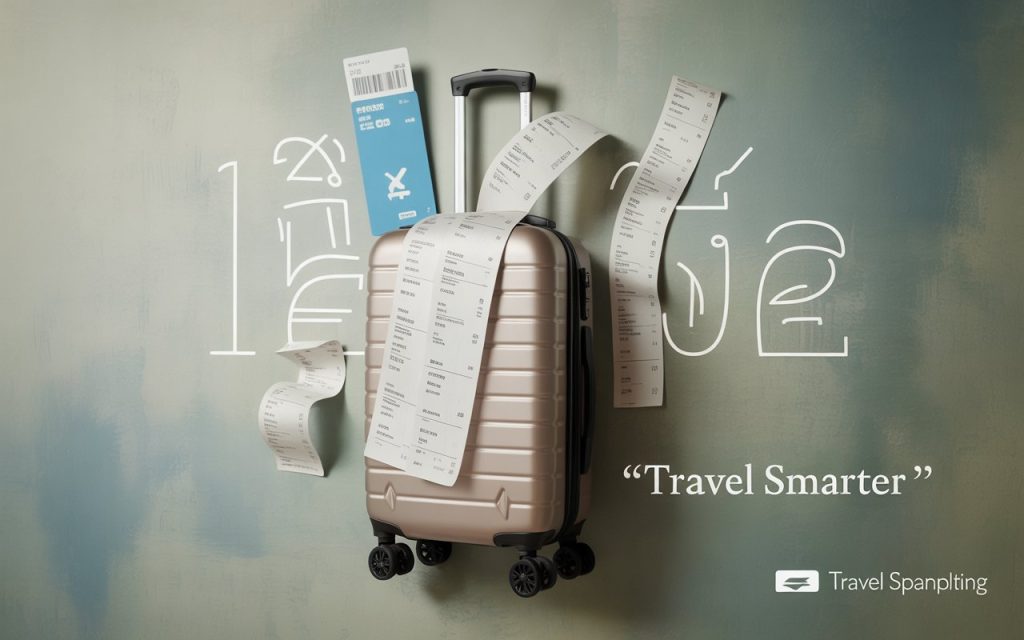
Step 1: Establish Clear Travel Objectives and Constraints
Alright, so here’s the deal—don’t start by daydreaming about every possibility under the sun. That’s just a fast track to stressing yourself out. Instead, figure out your non-negotiables right up front—stuff like your budget and what you absolutely need for the trip to be awesome.
Start with your finances. Be honest about what you can afford and allocate your budget accordingly, dividing it into categories such as:
- Getting there and getting around? Set aside about a quarter to a third of your total cash.
- Places to stay? Another quarter or so.
- Food and having a blast? That’ll probably take the biggest chunk—think, like, a third at least.
- And don’t forget a little “oh crap” pile—10-15% for when life (inevitably) throws you a curveball.
Lock in your trip dates ahead of time. If you’ve only got a tiny window to work with, you’ll wanna keep your planning tight (no winging it!). If you’re lucky enough to have more time, you can be chill about making decisions as you go—less stress.
Finally, you gotta nail down your trip vibe. You into wild adventures? Or is your dream trip just you, a fancy drink, and zero stress on a beach somewhere? Or maybe you’re all about city buzz, good eats, and late nights. Once you know your style, planning basically plans itself easy.

Step 2: Destination Selection Using the Elimination Method
Let’s cut through the noise and get strategic—no need to drown yourself in endless side-by-side destination comparisons. Here’s how you streamline the process and save your team some serious time:
- Look at climate and season- Immediately cross off spots with weather that doesn’t align with your travel dates. Destinations in their low season not only cut costs by 30-40%, they also tend to offer a more authentic experience—fewer crowds, smoother operations, better value. Simple win.
- Budget- No sense researching places where the daily spend blows through your allocation. Get the numbers upfront—realistic, on-the-ground figures. Teams that check local prices dramatically cut the risk of budget overruns, stat’s on your side there.
- Safety and accessibility– If a destination’s got active travel advisories or its infrastructure doesn’t match your group’s needs, scratch it off the list. Don’t waste effort on options you can’t execute.
- Ensure alignment with interests- Don’t just include destinations because they sound impressive; narrow down to those that genuinely match your objectives and excite your stakeholders. That’s where you’ll find real engagement and actual team buy-in.
In short and filter fast, focus on fit, and you’ll get a travel shortlist worth pursuing.
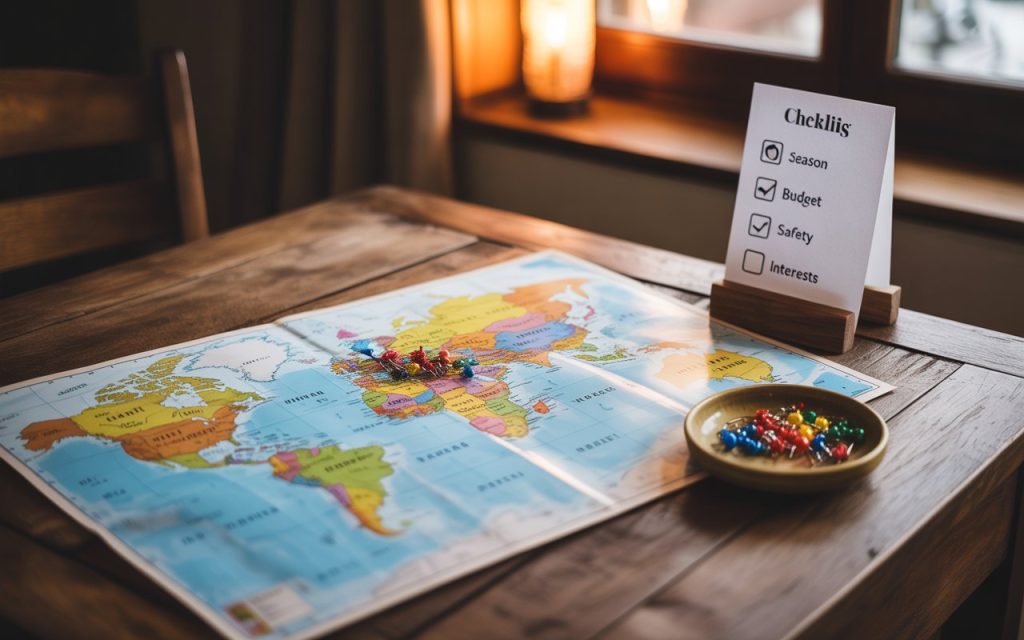
Step 3: Create Your Planning Timeline and Decision Schedule
Don’t let endless micro-decisions drag you down every single day. Group tasks together—seriously, just batch ‘em. To keep yourself sane and organized, stick to a smart planning timeline:
- Weeks 8-7: Nail down the destination and secure major transport arrangements early.
- Weeks 6-5: Knock out accommodation research and get reservations locked in.
- Weeks 4-3: Dive into activities—plan out experiences, book tours, handle the details.
- Weeks 2-1: Finalize prep. Check travel docs, organize packing, smooth out the last steps.
- Handling all the big choices within a focused couple of weeks keeps you from bleeding mental energy over months. It’s efficient, saves time, and you stay on top of things—instead of drowning in planning chaos.

Step 4: Master Strategic Flight Booking
Timing is crucial in travel, but honestly, it’s strategic planning that really drives savings. The travel industry’s a maze, and those who understand its quirks come out on top.
- For domestic flights, aim to book 30 to 45 days before departure.
- International trips? Plan ahead—60 to 90 days is your sweet spot.
- Looking at peak periods or holidays? Don’t wait. Secure your tickets at least 90 days in advance or risk paying a premium.
- Hunt for fares on Tuesday to Thursday mornings, preferably around 5 to 8 am. That’s when airlines tend to refresh their pricing and open up discounted seats. Early bird literally gets the deal here.
- Always search in private or incognito mode. Dynamic pricing is real—airlines track your activity and bump up fares based on repeated searches. You don’t want to tip them off. — Compare one-way tickets instead of just defaulting to round-trip. Particularly with international routes, booking separate legs can land you better prices—go figure.
- Be flexible with airports. Checking options within a 100-mile radius can uncover significant savings, and often ground transport won’t eat up those savings.
The airline industry loves complexity and thrives on customer unpredictability. Having a clear, flexible booking strategy can make a significant difference on your travel budget.

Step 5: Accommodation Booking with Purpose
Let’s keep it real—accommodation location has a huge impact on overall trip outcomes, far more than whether there’s a rooftop bar or gym. Location alone determines how seamlessly you get around; trust me, the numbers back it up.
Here’s how to make a smart choice:
- Evaluate transit access. Prioritize properties within walking distance of reliable public transportation—buses, subways, you name it. It keeps your team from wasting time (and patience) coordinating rides every day.
- Map out your agenda in advance. Pinpoint your major meetings, conferences, or attraction sites, then select accommodation that minimizes the commute. Less daily crisscrossing means less stress and more efficiency.
- Check for essential local services nearby: grocery stores, restaurants, pharmacies. This isn’t just about convenience—it’s operational sanity, especially on a tight schedule.
- Book strategically. Two to three months in advance hits the sweet spot for availability and price, but don’t lock yourself in so early you lose flexibility to adapt as travel plans evolve.
Prioritize location, build around it, and the rest of your trip pretty much falls into place.
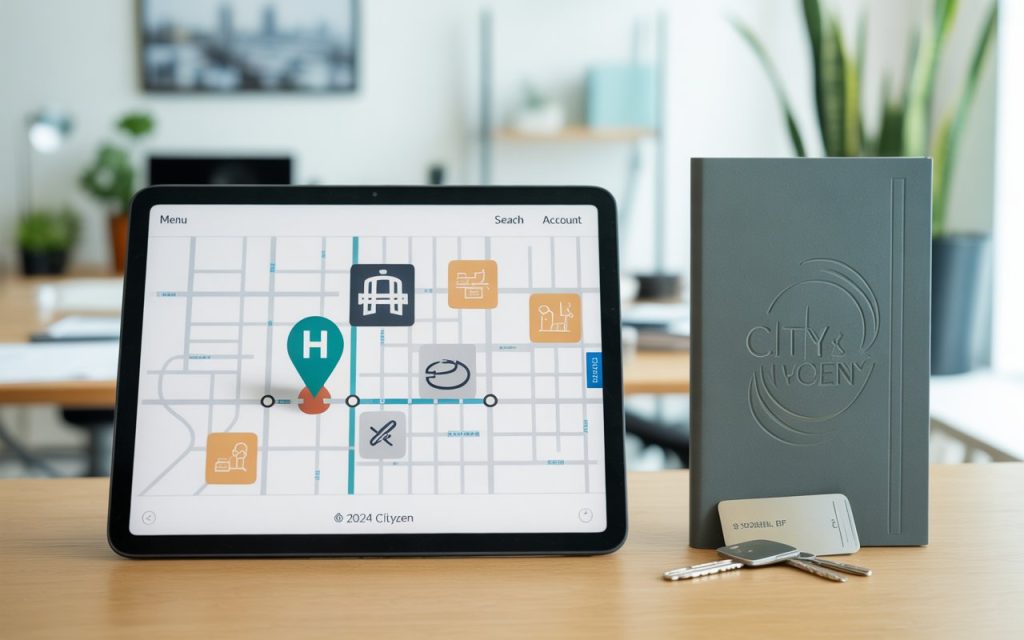
Step 6: Experience Pre-Planning Without Over-Scheduling
Here’s the deal for you, where we need a framework, not a straitjacket. Over-planning is just as likely to fry your nerves as showing up totally unprepared—and nobody’s getting a gold star for that.
What works? Set clear priorities. Limit your non-negotiable “must-do” actions to one or two a day. Piling on too much only leads to burnout and missed opportunities. Focus is how things get done.
Secure reservations in advance for things that actually require it—think high-demand meetings, premium events, or client dinners. Don’t leave those to chance, or you’re inviting unnecessary risk.
Optimize your schedule by clustering activities in the same geographic area. This cuts down wasted transit time and reduces the constant pressure of decision-making. You get more done when you aren’t crisscrossing the city (or your to-do list).
Finally, and this is huge—bake in buffer time. Two or three hours every day, minimum. That’s your cushion against the unexpected, your chance to pivot toward opportunities as they arise, and your safeguard against overwhelm. Flexibility isn’t a luxury; it’s standard operating procedure for success.
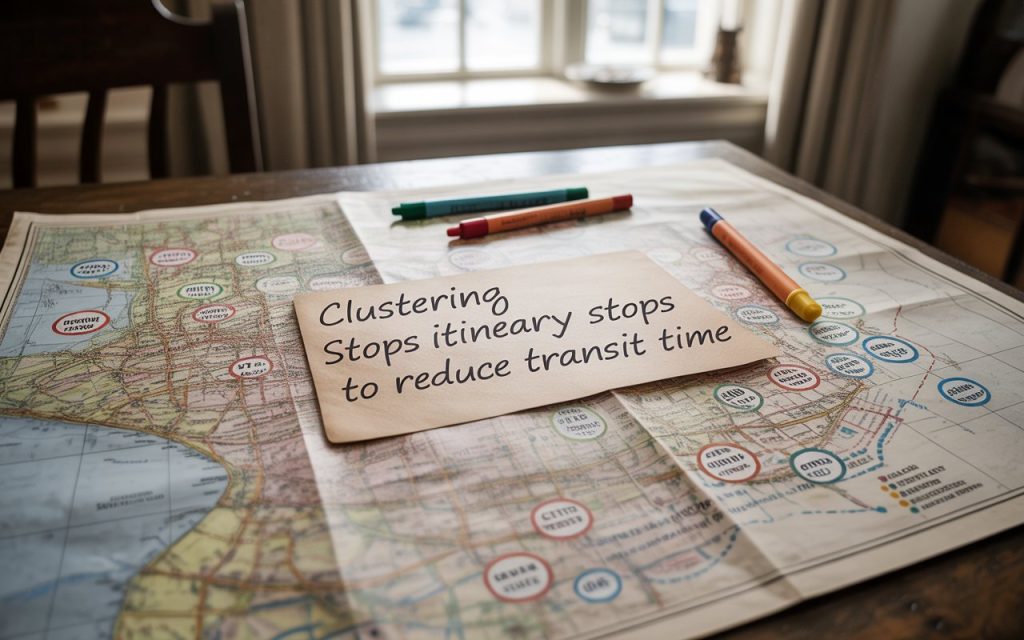
Step 7: Documentation and Legal Requirements
The travel plans fall apart way more often from paperwork mistakes than anything else. It’s easy to get caught up in booking flights and hotels, but if your documents aren’t in order, you’re not going anywhere—literally.
On the passport and visa front, don’t mess around. Double-check your passport has at least six months left before expiration. If there’s any doubt, renew now—airlines aren’t flexible, and immigration officers certainly won’t cut you a break.
Visa requirements can sneak up on you, too; start the application process at least a month ahead so you’re not scrambling at the last minute. And seriously—back up your important documents digitally on a secure cloud or shoot them to a trusted colleague, just in case.
When it comes to prepping your health for international travel, don’t leave things to chance. Book a doctor’s appointment well before you depart so you can review vaccinations and address any health concerns.
Make sure you’ve got enough prescription meds to get you through the trip (plus a little extra for unexpected delays). And confirm your health insurance actually covers you overseas—or invest in travel insurance before you’re stuck dealing with mountains of paperwork and bills from afar.
A bit of diligence upfront beats a crisis overseas every time.
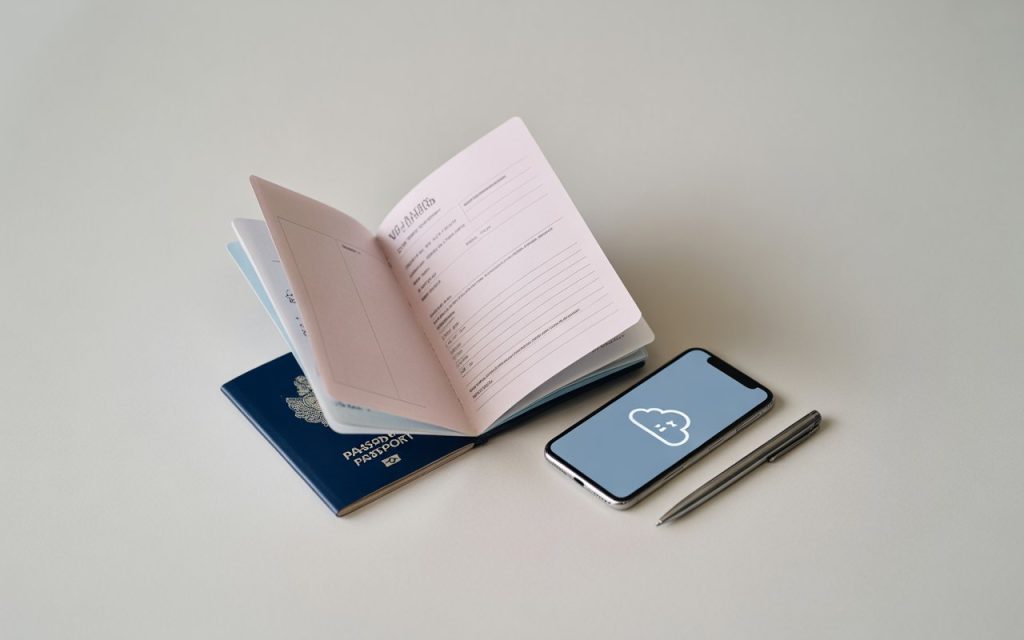
Step 8: Comprehensive Travel Insurance Strategy
Travel insurance isn’t just a line item—it’s smart risk management, plain and simple. Weigh the numbers: for about 5-10% of your trip cost, you’re getting coverage that can save you from serious financial exposure.
Imagine losing thousands if a trip gets canceled, or having to shell out $50,000 (or more) for medical evacuation overseas—not exactly the kind of “souvenir” you want from your travels. Standard health plans typically don’t go the distance when you’re out of the country.
- Key coverage to prioritize? Trip cancellation/interruption should be at the top of your list, especially if you’re booking anything non-refundable north of $1,000. It’s the kind of protection that pays for itself the second things go sideways.
- Don’t forget baggage and belongings—if you’re carrying expensive equipment or bouncing between multiple flights, lost or stolen items are a real possibility. Having that safety net just makes sense.
- When it comes to timing, the most strategic move is to secure your policy within 14-21 days after locking in your trip. That way, you maximize coverage options and ensure pre-existing conditions and other protections aren’t off the table.
- Bottom line: treat travel insurance as an operating essential. Skipping it? That’s just bad business.

Step 9: Financial Preparation and Currency Strategy
Travel is stressful enough—money shouldn’t be an added headache. Getting your finances set before you go is just smart business.
Here’s a streamlined approach:
Diversified Payment Methods
- Primary credit card: Opt for a travel-focused card—absolutely no foreign transaction fees.
- Secondary credit card: Bring a backup on a different network (say, Visa if your main is Mastercard). If one card has issues, you’ve got options.
- Debit card: For local ATMs. Only use for cash withdrawals, and make sure it’s from a reputable bank.
- Emergency cash: Arrive with $200–$500 in local currency. You never know when you’ll need it.
Bank Communication Protocol
Notify your bank and credit card companies of your travel dates and all planned destinations. This minimizes the chances of your cards getting flagged or blocked due to suspicious activity overseas.
Currency Exchange Strategy
Skip the airport exchange counters and those touristy places flashing “Best Rates.” Research legit local banks or stick with established bank ATMs on the ground—they typically offer much better rates and fewer fees.
Proper financial prep means fewer unpleasant surprises—and, frankly, it’s just good business sense.

Step 10: Strategic Packing System
Even in a business context, packing shouldn’t be a production worthy of a project plan. Over-prepping for every possible “what if” just clutters your bag and your head. The real secret? Focus on essentials that actually pull their weight.
Here’s the practical approach that makes your clothing multitask. Versatile pieces—layers adaptable for different temps, neutral tones that remix easily, and low-maintenance fabrics—should top the list. Time is money, and nobody wants to be fiddling with an iron before a client meeting.
Impose limits, even if your itinerary’s packed. Your non-negotiables:
- Documents and cash: keep it tight—passport, payment cards, vital insurance, and some emergency funds.
- Apparel: don’t overthink it—one week’s worth, max. Even global execs find a laundromat.
- Tech: stick to essentials—phone, charger, maybe a power bank, and a universal adapter.
- Health: prescriptions and basic first aid. You aren’t opening a mobile clinic.
- Activities: if a specialized outfit is required for a business event or team-building? Just one set.
When it’s time to actually pack, forget folding—roll everything. Saves space, keeps the bag manageable. Packing cubes? Critical for maintaining order, especially rushing between hotel rooms and airports. Efficiency isn’t just for spreadsheets; it works in suitcases, too.

Step 11: Technology and Communication Setup
Eliminate headaches before they start by preparing your tech essentials in advance—traveling isn’t the time to gamble with connectivity.
Make sure you’ve taken care of the basics:
- Download Google Maps and save the areas you’ll need; spotty reception shouldn’t put a meeting at risk.
- Equip Google Translate with offline language packs to avoid any communication roadblocks.
- Install rideshare and public transportation apps specific to your destination. Navigating unfamiliar cities should be seamless, not time-consuming.
- Set up WhatsApp to maintain clear, reliable communication with colleagues and contacts abroad. Email alone isn’t always enough.
- Have your banking app installed and tested—nothing derails productivity like surprise account holds or payment issues.
Don’t leave data to chance. Research international data plans or plan to purchase a local SIM card upon arrival. Roaming charges rack up quickly and can easily erode the trip’s ROI. A little preparation up front protects your efficiency—and your bottom line.
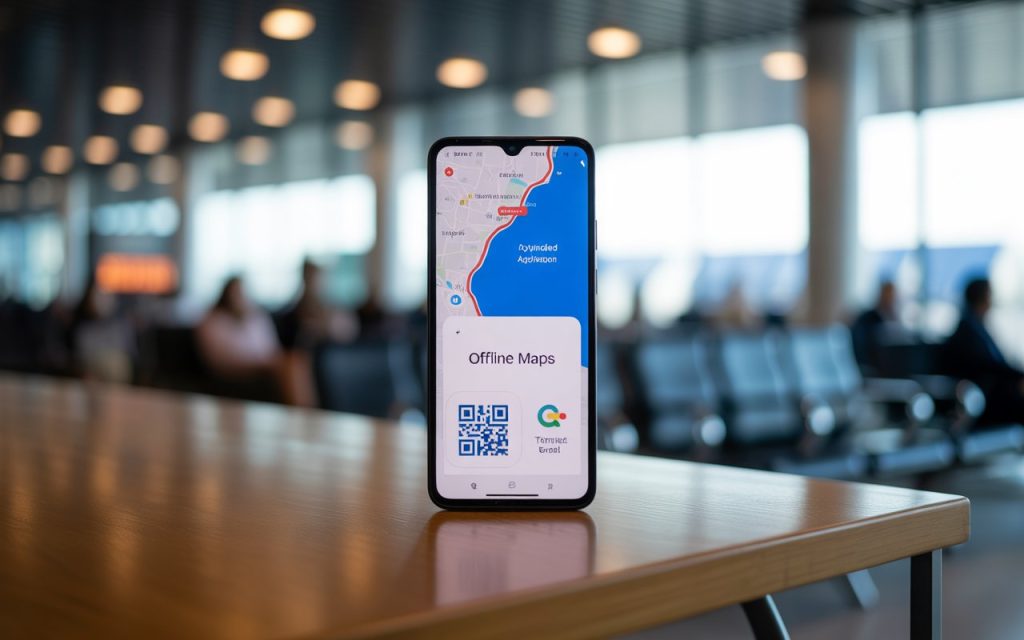
Step 12: Safety and Emergency Protocols
Peace of mind while traveling isn’t just nice to have—it’s essential. Solid preparation lays the groundwork so you can focus on the experience, not potential headaches.
Don’t keep your travel details a secret. Share your full itinerary, accommodation info, flight details, and schedule with someone you trust—think of it as a professional courtesy to yourself.
Be sure to cover the essentials for emergencies:
- Local emergency numbers. Not every country uses 911—look ahead and note the correct contacts for police, medical, and fire services.
- Embassy or consulate contact info. If you lose your documents or run into legal trouble, you’ll want this ready.
- Emergency cash. Distribute small amounts in several secure places so you’re never left stranded.
- An emergency contact card in the local language (including vital medical info)—this saves time in a crisis.
From a security standpoint, keep valuables separated. Never carry everything in one place; diversify where you store your passport, cards, and money. Get familiar with common scams and specific local risks before you arrive. Last but not least, respect local customs and legal requirements. Understanding the cultural landscape isn’t just polite—it protects your interests.
In the end, preparation isn’t just about avoiding problems; it’s about freeing yourself up to get the most out of every trip. Plan wisely, stay aware, and travel confidently.
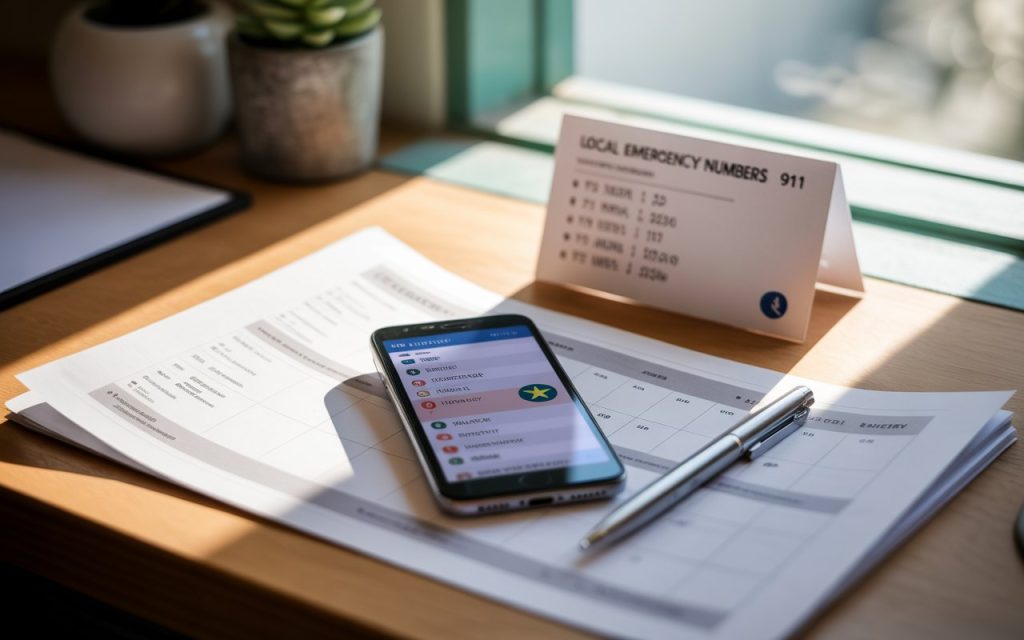
Step 13: Daily Decision Management
Wanna avoid losing your mind every time you leave the house? Honestly, the less you have to think, the better. Here’s the move to start your morning with a quick “life check”—give yourself like ten minutes with your coffee, and scope out your plans for the day. Swap anything that feels off. This saves you from spiraling later, standing in the street, all, “Uh… what now?”
Batch your decisions, too. Do your future self a favor and group stuff together, like:
- Pick your routes for the whole day in one shot, so you’re not doom-scrolling Maps later.
- Pick what you wanna eat ahead of time—morning brain usually cares less.
- Nail down your big activities in advance instead of debating every hour. Otherwise, you’ll just end up doing nothing until dinner.
But don’t lock yourself into a military schedule either. Leave like a third of your day open for random fun. Plans are great and all, but serendipity? That’s where the best stories come from, trust me.
Step 14: Managing Travel Fatigue and Overwhelm
Travel fatigue compounds decision fatigue, creating a cycle that ruins travel experiences.
Energy Management Strategy
Alternate Activity Intensity: Balance high-energy exploration with low-key experiences. Never schedule intensive activities on consecutive days.
Familiar Routine Integration: Incorporate familiar activities (morning coffee, evening walks, familiar foods) to reduce constant novelty stress.
Rest Day Philosophy: Schedule complete rest days for trips longer than one week. Research shows that vacation stress significantly impacts post-trip happiness.
Step 15: Real-Time Problem Solving
Travel disruptions are inevitable—preparation reduces their impact.
Common Problem Solutions
Flight Delays/Cancellations: Know your passenger rights and airline policies before problems occur. Have alternative transportation options researched.
Accommodation Issues: Research backup accommodation options during initial planning. Save contact information for 2-3 alternatives.
Health Emergencies: Carry comprehensive health information cards in local languages. Know locations of nearest hospitals and pharmacies.
Lost Documents: Maintain digital and physical backup copies stored separately. Know embassy/consulate procedures for document replacement.
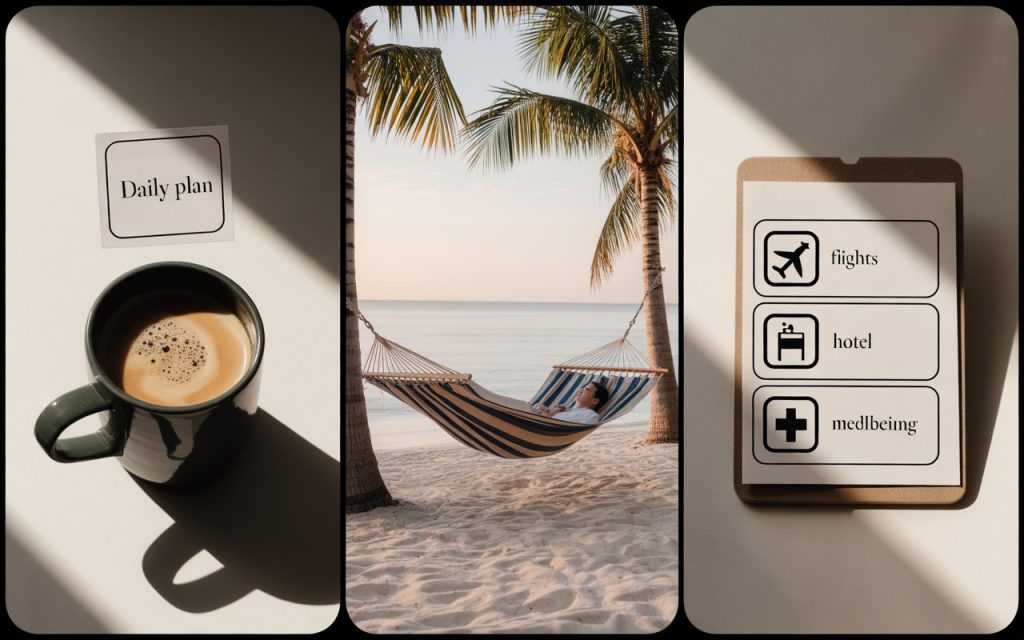
Conclusion
Planning a trip nowadays? Yeah, good luck sorting through the billion blogs, vlogs, TikToks, and “must-see” lists. Everyone’s yelling in your ear—no one’s keeping quiet. It’s not a shortage of info, it’s drowning in it. Honestly, the battle isn’t selecting the “best” travel plan—it’s steering clear of an existential breakdown over which tapas bar isn’t a tourist trap.
Honestly, want to regain your sanity while traveling? Set boundaries. Be realistic about what you can fit in. Prioritize, and accept that you won’t see every landmark. Stop overplanning every hour. Freedom lies in embracing the fact that you can’t do everything – and you don’t have to.
At RoamVIP, we understand the importance of balance in travel planning. Our expertly curated experiences are designed to give you the freedom to explore, relax, and make unforgettable memories.
Timing is everything. Last-minute planning can lead to unnecessary stress. A loose timetable and advance booking of major activities can make all the difference. Reserve essentials ahead of time, and you’ll have the freedom to stumble upon hidden gems – like that quirky jazz club in Lisbon or a midnight noodle crawl in Tokyo.
Pre-trip planning doesn’t have to mean sacrificing spontaneity. In fact, it’s the opposite. By nailing down the basics, you’ll have room for unexpected adventures. Less stress, more surprise – that’s the magic of travel.
Marathon sightseeing can suck the fun out of traveling. You’ll likely remember only a few highlights. Instead of rushing to tick off every “top ten” spot, savor the experience. Indulge in that Parisian pastry, and enjoy the moment.
Set a solid foundation early, and you’ll score better deals, avoid rookie mistakes, and have a blast. Don’t stress about skipping a guided tour here and there – the world won’t end. But do check your passport’s expiration date – that might be a different story.
Travel is unpredictable, and things will go wrong. But with some planning, you’ll handle hiccups like a pro, turning chaos into humorous anecdotes rather than catastrophes. So, plot a bit, leave room for magic, and don’t get too crazy. The best trips are made with a plan – just not a perfect one.


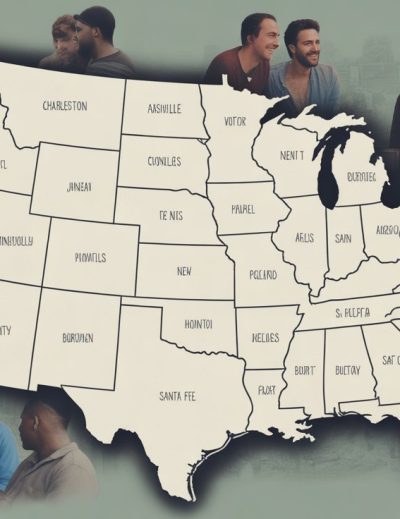

Leave a Reply